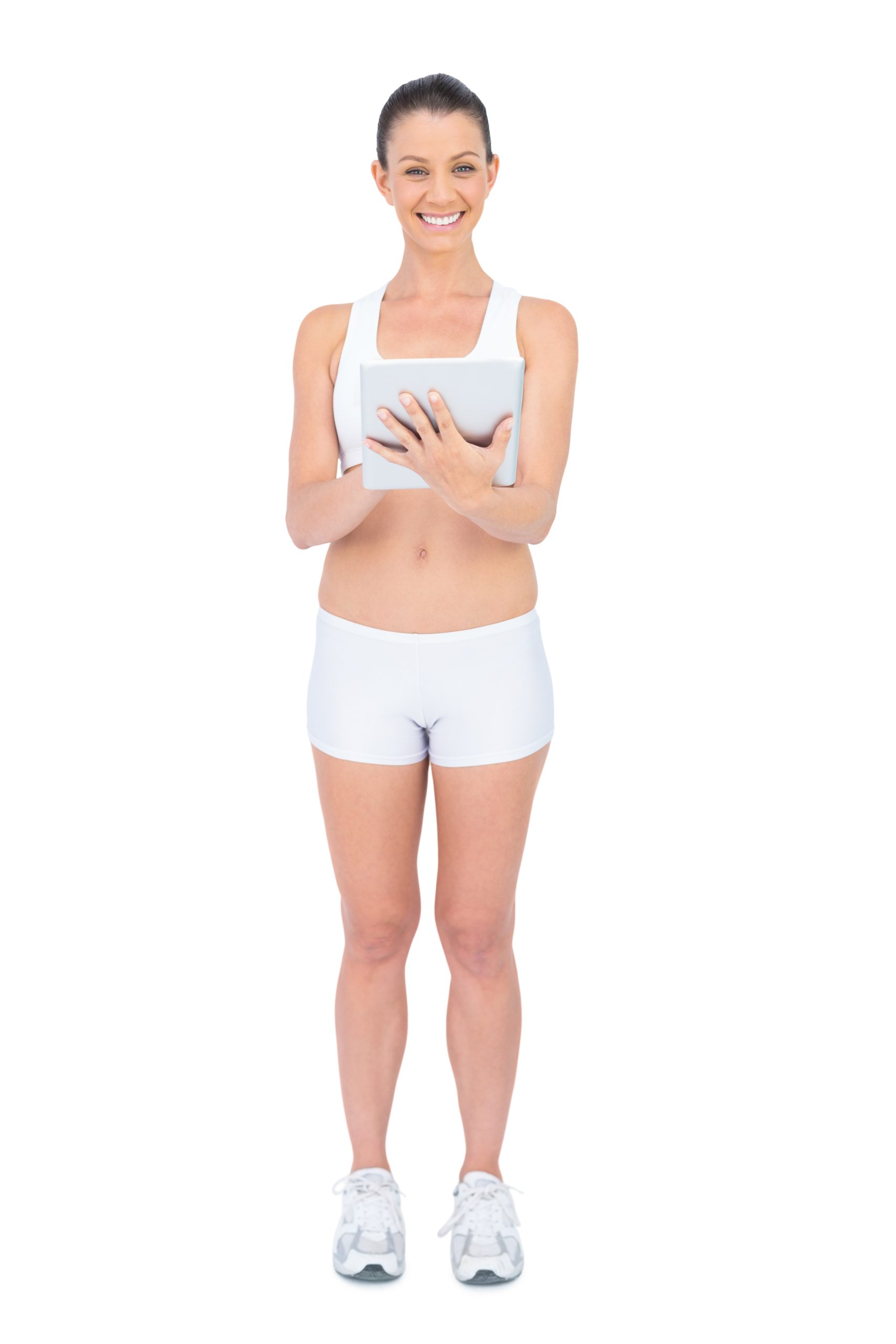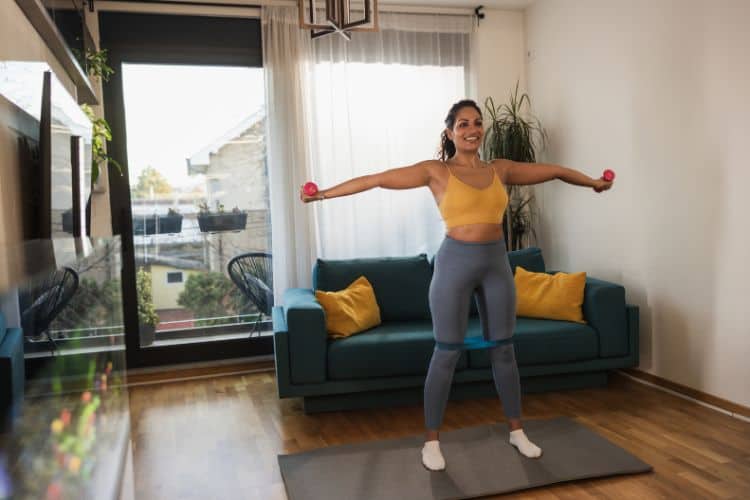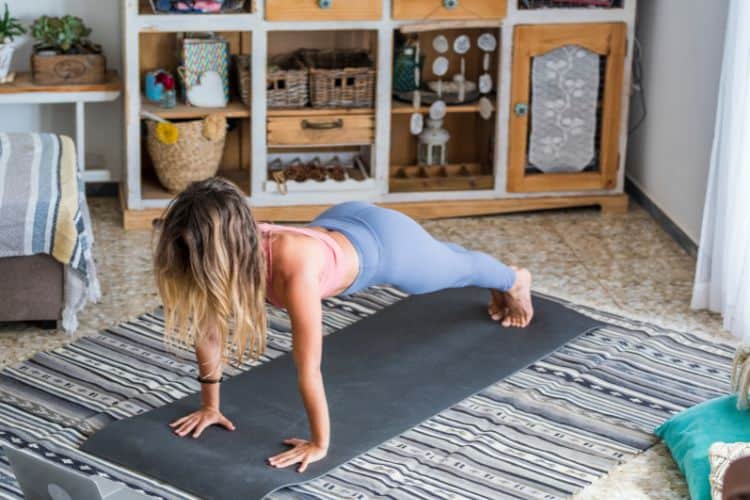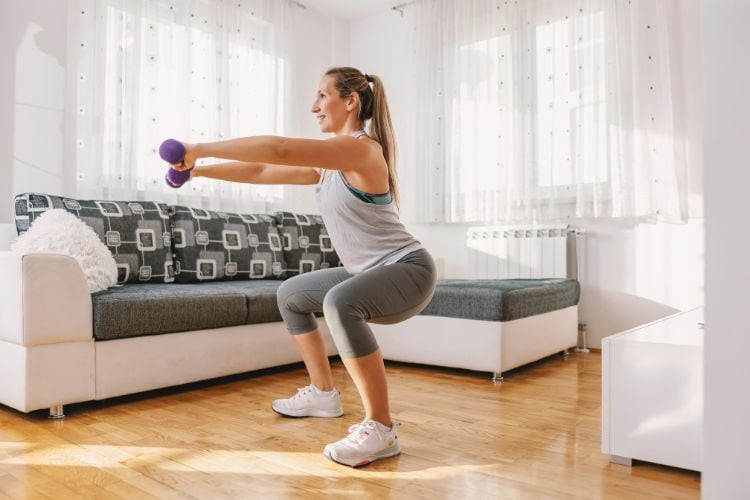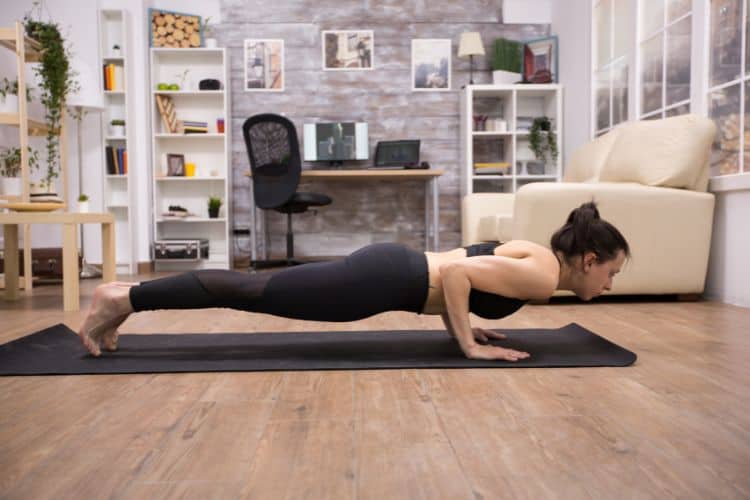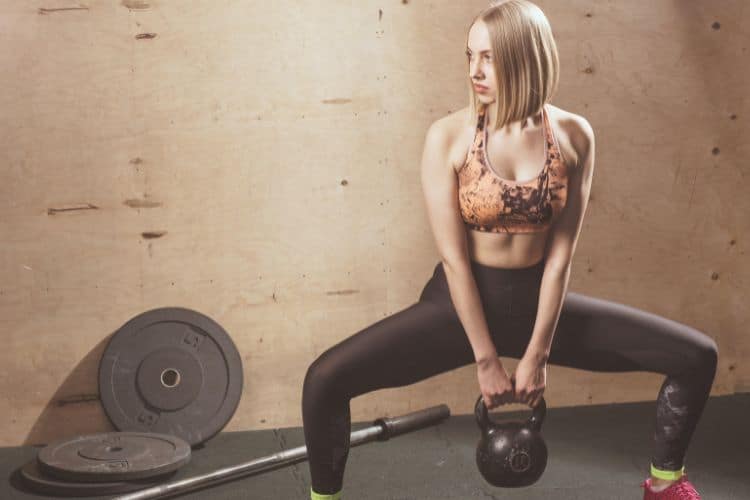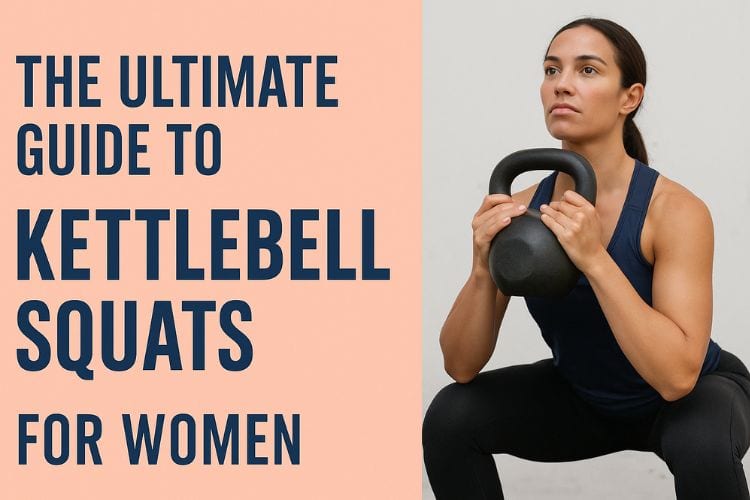The Ultimate Guide to Kettlebell Squats for Women
Kettlebells have become a staple in women’s fitness because they combine strength, endurance, and functional movement in one compact piece of equipment. Among all the kettlebell exercises available, squats stand out as one of the most effective for building lower body strength, improving balance, and toning the core. For women looking to sculpt lean legs, lift their glutes, and enhance functional strength, kettlebell squats are the ultimate movement. This guide will walk you through the benefits, different variations, proper technique, and how to design a kettlebell squat workout for women tailored for your goals. Whether you’re a beginner or an experienced lifter, this article will provide everything you need to master kettlebell squats.
Why Kettlebell Squats Are Perfect for Women
1. Full-Body Engagement
While squats mainly target the legs and glutes, adding a kettlebell recruits more muscles. Holding a kettlebell forces your arms, shoulders, and core to stabilize, making it a full-body workout.
2. Builds Lower Body Strength and Power
Kettlebell squats strengthen the quadriceps, hamstrings, and glutes. Strong legs are essential not only for fitness aesthetics but also for everyday activities such as climbing stairs, carrying groceries, or running.
3. Enhances Core Stability
The offset weight of the kettlebell demands more balance and coordination, engaging the abdominal and lower back muscles. This is especially beneficial for women who want a stronger, more stable midsection.
Because kettlebell squats use large muscle groups and elevate the heart rate, they burn calories efficiently. When programmed into circuits or HIIT workouts, they help women burn fat while building lean muscle.
5. Functional Fitness Benefits
Squats with kettlebells improve functional movement patterns, making daily tasks easier and reducing the risk of injury. They train the body to move as a unit, not just in isolated muscle groups.
Muscles Worked in Kettlebell Squats Workout For Women
- Quadriceps: Front thighs, engaged heavily when pushing up from the squat.
- Hamstrings: Back of the legs, stabilize movement and assist with hip extension.
- Glutes: Main drivers of power, especially when standing up.
- Adductors: Inner thighs, help stabilize knees and hips.
- Core Muscles: Abdominals, obliques, and lower back stabilize the torso.
- Shoulders & Arms: Support kettlebell positioning and enhance grip strength.
Step-By-Step Instructions
- Start Position: Stand with feet shoulder-width apart. Hold the kettlebell by the horns (sides of the handle) close to your chest in a goblet position.
- Brace Your Core: Tighten your abs and keep your chest lifted.
- Lower Into Squat: Push hips back and bend knees as if sitting into a chair. Keep the kettlebell close to your body.
- Depth: Go as low as comfortable, ideally until thighs are parallel to the ground.
- Rise Back Up: Push through heels to return to standing.
- Repeat: Perform for desired reps, maintaining controlled breathing.
- Keep knees in line with toes.
- Do not round your back—maintain a neutral spine.
- Engage core throughout the movement.
- Avoid leaning forward excessively.
Popular Kettlebell Squat Variations for Women
1. Goblet Kettlebell Squat
- Best beginner variation.
- Builds foundational strength and form.
- Perfect for learning depth and balance.
2. Kettlebell Front Rack Squat
- Hold kettlebells at shoulder height in rack position.
- Increases core demand and upper body stability.
- Great progression from goblet squat.
3. Kettlebell Sumo Squat
- Wider stance with toes slightly turned out.
- Places more emphasis on inner thighs and glutes.
- Ideal for targeting lower body from a new angle.
4. Kettlebell Overhead Squat
- Hold kettlebell overhead with straight arms.
- Advanced move that challenges balance, mobility, and strength.
- Engages shoulders and core intensively.
5. Kettlebell Pistol Squat (Single-Leg Squat)
- Performed on one leg while holding a kettlebell.
- Builds unilateral strength and balance.
- Advanced and requires mobility training.
6. Kettlebell Squat to Press (Thruster)
- Combine squat with an overhead press.
- High-intensity, full-body exercise.
- Excellent for fat burning and conditioning.
Designing a Kettlebell Squat Workout for Women
Beginner Routine (2–3 Days Per Week)
- Goblet Squat: 3 sets of 12–15 reps
- Sumo Squat: 3 sets of 10–12 reps
- Bodyweight Squat (as burnout): 2 sets of 20 reps
- Front Rack Squat: 4 sets of 8–10 reps
- Goblet Squat to Press: 3 sets of 12 reps
- Walking Lunges with Kettlebell: 3 sets of 10 steps each leg
Advanced Routine (4+ Days Per Week)
- Overhead Squat: 4 sets of 6–8 reps
- Pistol Squat with Kettlebell: 3 sets of 5–6 reps per leg
- Kettlebell Thrusters: 3 sets of 12 reps
- Jump Squats (bodyweight or light kettlebell): 2 sets of 15 reps
Tips for Success with kettlebell Squats For Women
Start with the Right Weight
- Beginners: 8–12 kg (18–26 lbs) kettlebell.
- Intermediate: 12–16 kg (26–35 lbs).
- Advanced: 18+ kg (40+ lbs).
Focus on Technique Over Weight
It’s tempting to lift heavier, but proper form ensures safety and results. Master technique before progressing.
Use Progressive Overload
Gradually increase weight, reps, or sets over time to keep challenging your muscles.
Pair with Complementary Movements
Combine squats with kettlebell swings, deadlifts, or lunges for a complete lower body workout.
Recovery Matters
Allow at least 48 hours of rest between heavy squat sessions. Stretching, foam rolling, and mobility drills enhance recovery.
Common Mistakes Women Make with Kettlebell Squats
- Using Too Much Weight Too Soon
This can cause poor form and potential injury. Start light.
- Allowing Knees to Cave In
Keep knees aligned with toes to prevent strain.
- Not Squatting Deep Enough
Shallow squats reduce effectiveness. Aim for at least parallel depth.
- Holding the Kettlebell Incorrectly
Always keep it close to the body in goblet or rack position.
- Neglecting Breathing
Exhale when pushing up, inhale when lowering down. Proper breathing supports performance and stability.
Benefits of kettlebell Squats For Women Beyond Fitness
Better Posture
Strengthening the core and legs reduces slouching and improves posture.
Boosts Confidence
Seeing progress in strength and body composition builds confidence in women.
Time-Efficient Workouts
Kettlebell squats can be done at home with minimal equipment, saving time compared to gym-only routines.
Versatility
They fit into HIIT, strength training, or endurance workouts, making them adaptable to different fitness goals.
Sample 4-Week kettlebell Squats For Women Progression Plan
Week 1–2
- Goblet Squats: 3 sets of 12–15
- Sumo Squats: 3 sets of 10–12
- Bodyweight Squat Hold (30 seconds)
Week 3–4
- Front Rack Squats: 4 sets of 8–10
- Squat to Press: 3 sets of 12
- Jump Squats: 2 sets of 15
This progression builds foundational strength in the first two weeks and then increases intensity in the last two.
Nutrition and Lifestyle Support for kettlebell Squats For Women Gains
Strength gains and fat loss depend not only on workouts but also on diet and recovery.
- Protein Intake: Aim for lean sources like chicken, fish, eggs, or plant-based protein to support muscle growth.
- Hydration: Drink enough water to keep joints and muscles functioning properly.
- Sleep: At least 7–8 hours per night to allow muscle recovery.
- Balanced Diet: Include healthy carbs and fats for energy and recovery.
Frequently Asked Questions About Kettlebell Squats For Women
Q1: Can kettlebell squats replace barbell squats?
Not entirely. Barbells allow for heavier loading, but kettlebells are excellent for functional strength, endurance, and at-home workouts.
Q2: How many times a week should women do kettlebell squats?
2–4 times per week depending on intensity, recovery, and overall workout split.
Q3: Are kettlebell squats safe for beginners?
Yes, goblet squats are beginner-friendly and help build confidence with weight training.
Q4: Can kettlebell squats help tone the thighs and glutes?
Absolutely. They directly target these muscles while also engaging the core.
Q5: Should kettlebell squats be included in a weight loss plan?
Yes, when combined with proper nutrition, they enhance calorie burn and muscle retention.
Kettlebell squats are one of the most versatile and effective exercises for women. They build lower body strength, tone glutes and thighs, improve core stability, and support fat loss. From goblet squats for beginners to advanced overhead and pistol squat variations, there is a kettlebell squat for every fitness level.
If you’re ready to transform your lower body and elevate your training, start incorporating kettlebell squats into your routine today. Pair them with balanced nutrition, progressive overload, and consistency, and you’ll notice significant improvements in strength, shape, and confidence.
Most Recommended
